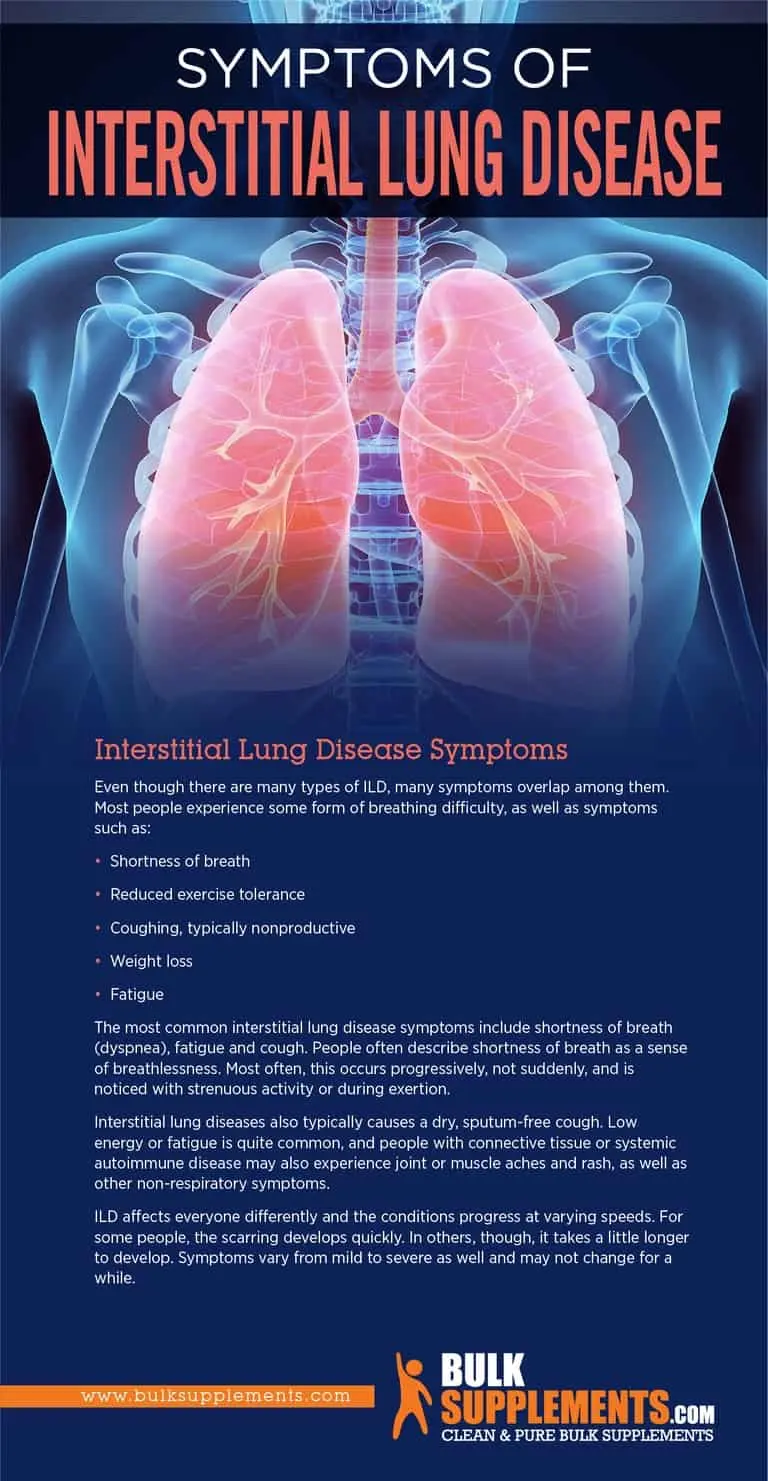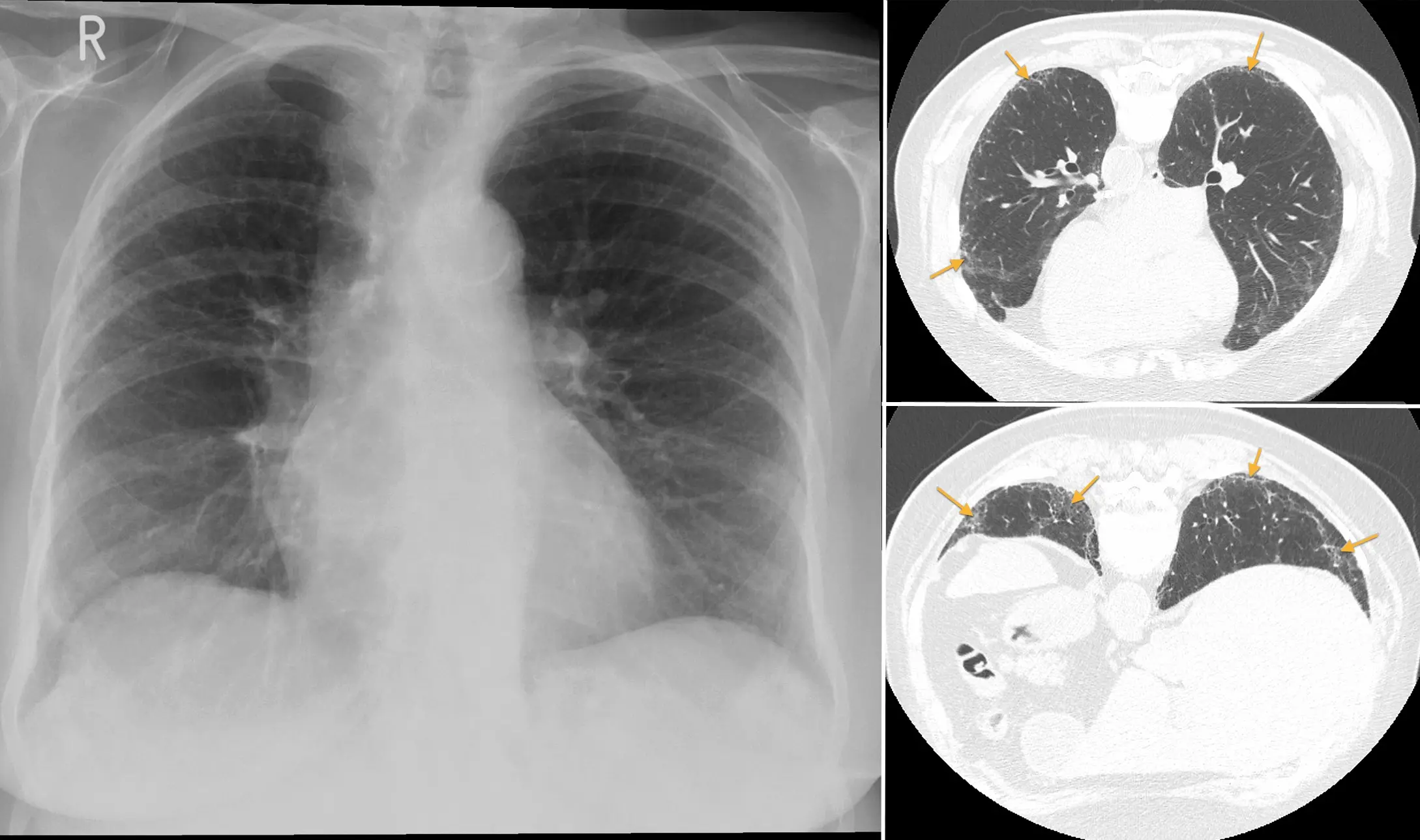Can Interstitial Lung Disease be Cured?
Depends on cause
Management aims to slow disease progression and relieve symptoms

What is Interstitial Lung Disease?
Interstitial lung disease encompasses a group of disorders causing inflammation and scarring of lung tissue. Symptoms include cough and shortness of breath. Treatment involves addressing the underlying cause, managing symptoms with medications, and sometimes lung transplantation in severe cases. Early diagnosis is crucial for optimal outcomes.

Clinical Aspects

Characteristics
Group of lung disorders characterized by inflammation and scarring

Symptoms
Shortness of breath, coughing

Diagnosis
Imaging studies, sometimes lung biopsy

Prognosis
Variable, depends on the cause and response to treatment

Complications
Respiratory failure, complications affecting lung function
Etiology and Treatment

Causes
Various factors, including autoimmune conditions

Treatments
Medications, oxygen therapy, pulmonary rehabilitation

Prevention
Medications, oxygen therapy, pulmonary rehabilitation
Public Health and Patient Perspectives

Epidemiology
Chronic lung diseases characterized by scarring of lung tissue

Patient Perspectives
Management of underlying causes, supportive care
Please note that the information provided is based on the current understanding of these conditions and treatments may vary based on individual circumstances. Always consult with a healthcare provider for accurate information.
Share: